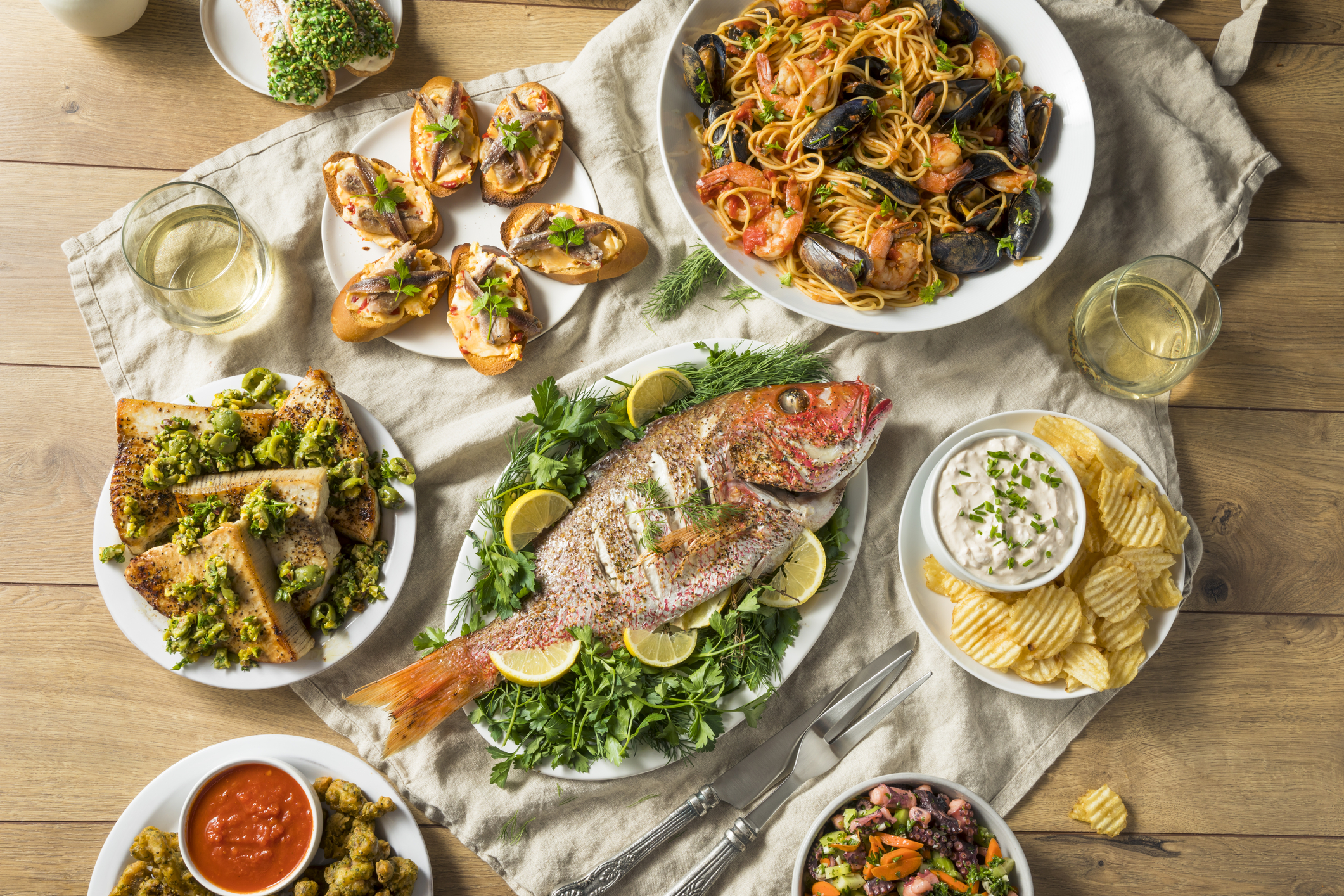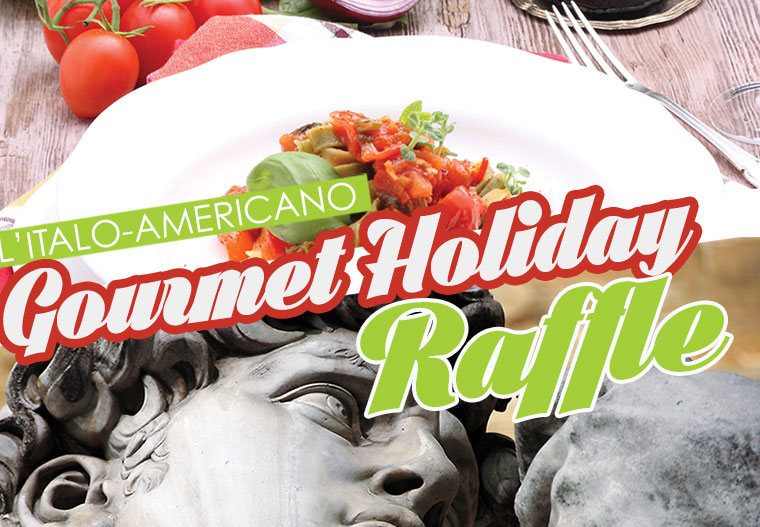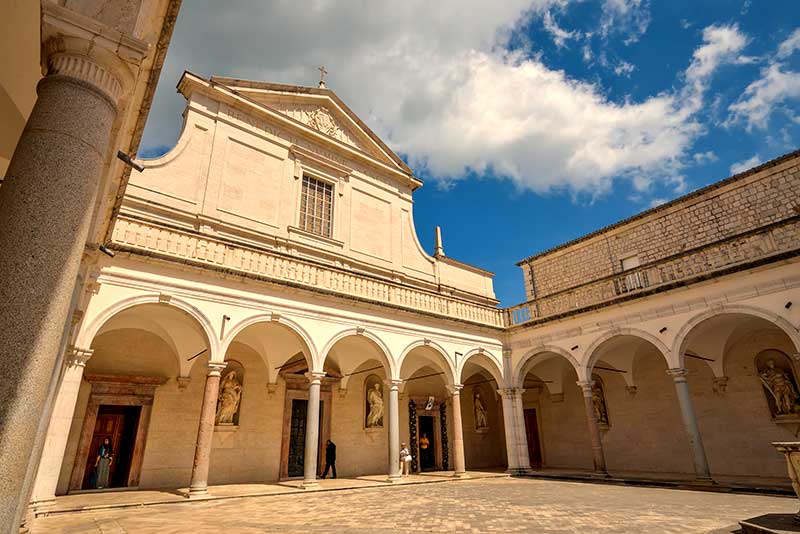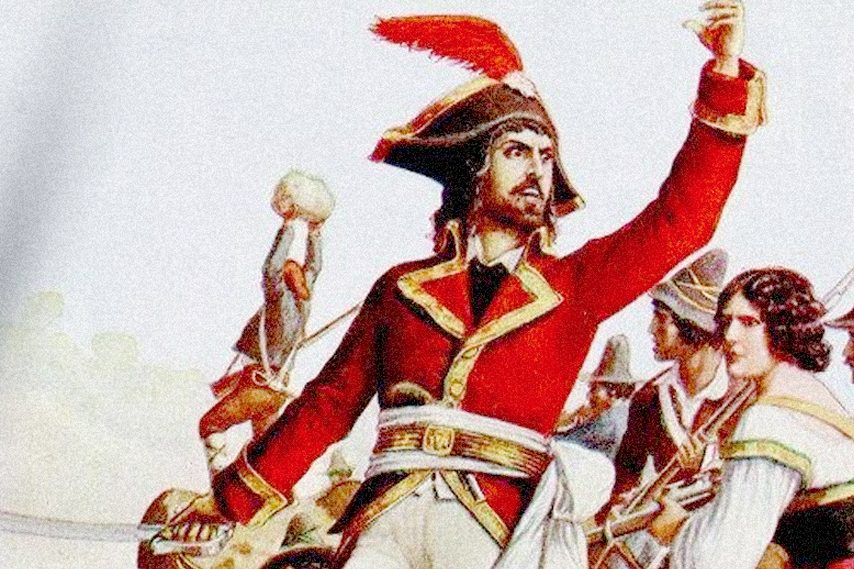Decking the halls with boughs of holly, wreaths, lights, the Yule log, gifts, feasts, peace on earth, good will towards men, the Nativity Scene (Creche), Christmas carols and Santa Claus are all part of the celebration of Christmas, and all had their origins in Italy.
Our ancient ancestors celebrated a number of festivals at this time, the chief of which was the Roman Saturnalia, a commemoration of the Golden Age when Saturn, an old Italian god of agriculture, was king and all people were equal and enjoyed peace and prosperity.
To celebrate this, wars ceased, houses were decorated with garlands of evergreens and wreaths, a log kept burning, lamps and candles lit, gifts given and large feasts held during which slaves and the poor were not only invited, but even waited on by the rich. A floppy red cap, called a pileus, was worn, and the festivities were overseen by the jolly Saturnalicus Princeps, the Lord of Misrule, and prototype of Santa. A variety of food was enjoyed, including nuts, honey, raisins, cookies, pastries, and numerous fish and meat courses.
December 25, under the old calendar, was the date of the winter solstice, called the Dies Natalis Sol Invictus, the birthday of the sun. The Italian Christmas Eve dinner of seven fishes is a most interesting link to this distant past, and one of the oldest holiday celebrations in the world, possibly stretching back to prehistoric times.
To speculate a bit, in some myths the sun is believed to have been born out of the mouth of a serpent which dwelled in the waters of chaos, and then slain by him (sun), thus a story told in Greco-Roman mythology has Apollo, the sun god, killing the Python; perhaps the eel which forms an integral part of the Christmas Eve meal is a forgotten commemoration of this.
As for the number seven, it could signify the journey of the sun both through the seven seas and the seven heavens, later Christianized as a commemoration of the Seven Sacraments. Eating fish itself is also symbolic of the Golden Age, when food was to be had free for all, and in Christianity, the fish is used as a symbol of Christ.
The Roman author Macrobius gives a general menu for a Saturnalia banquet, which included various fish, mussels, oysters, and sphondyli and becaficoes which sound like scungilli and baccala, and the Romans were quite fond of a fish sauce called garum which survives as anchovy sauce. Ancient murals, found at Pompeii and elsewhere, often depict a variety of fish and shellfish, and there is one sometimes called “The Unswept Floor” which consists of fish bones and shells, perhaps the aftermath of a happy evening’s feast.
January 1 was the major feast day of Janus, the god of beginnings, and hence New Year’s Day, celebrated as the Agonalia, with more gifts given.
All of these holidays gradually blended into a twelve day period of merriment, culminating with the eating of a special cake in which a bean was baked; whoever got that slice would be the Lord of Misrule for the next year, a custom still observed in much of Europe on the Epiphany, January 6, an old Roman feast day of the goddess Prosperina (Persephone), who survives in Italian folklore as the good witch Befana, who gives children presents on that day, which is still the case in Italy and other countries.
The Romans spread these celebrations throughout the world, and after Christianity supplanted the old religions, the Church transformed this period of celebration into the Twelve Days of Christmas, with December 25 being fixed as the otherwise unknown birthday of Christ, who, like the sun, was the light of the world.
As for the custom of setting up a Nativity Scene, sometimes called a Creche, it was started in the year 1223 by St Francis of Assisi, who wanted to hold a special Christmas Mass for the people of the town of Grecio. He set up a manger in a cave, and brought in an ox and ass to stand over it while he celebrated the Mass. An eyewitness said that the Infant Jesus miraculously appeared and was held by the Saint during the ceremony; some of the straw from the manger was kept by the people as a relic, a custom which still survives in parts of the world.
And, although sacred music in celebration of the birth of Christ goes back to the times of the Romans, he also introduced the Christmas Carol as we now know it, being the first to write popular songs to be sung by the people, a practice that soon spread throughout Europe.
Italians have contributed many good things to the world, and these Christmas customs are among the nicest gifts of all!
As a little gift to you, here is my family recipe for
, traditionally served on Christmas Eve.
1 lb baccala (salt cod)
2 stalks celery
2 peeled carrots
1/2 onion, minced
3 cloves garlic, minced
1/4 cup minced fresh parsley
1/2 teaspoon black pepper
1 cup mixed olives, coarsely chopped
3 tablespoons olive oil
3 tablespoons lemon juice
1. Starting the morning of day before, wash baccala, place in a bowl and cover with water. Cover, and refrigerate for 4 hours.
2. Remove baccala from bowl, rinse, pour out water, replace baccala, refill and refrigerate for another 4 hours.
3. Repeat, letting soak another 4 hours or more, until ready to use
4. Set 4 quarts of water to boil.
5. Cut baccala into bite size pieces and simmer for approximately 5 minutes, until easily chewable, but still firm.
6. Rinse under running water to cool off.
7. Cut celery and carrots into bite size pieces.
8. Combine all ingredients in a salad bowl, cover, and let sit in the refrigerator for at least one hour and then serve.































